L-l
Laguna. Small lake and shallow depth. Gaps can be temporary or permanent, inland or coastal (coastal lagoons).
Lapiaz. Rocky terrain with the surface made up of grooves separated by edges with a fine edge that make it impassable. It is a typical result of karst modeling. In Spanish it is called lenar.
Láridos. Gaviotas. Seabirds that frequent the shores, estuaries and marshes, sometimes penetrating quite inland.
Geographic latitude. The latitude of a point on the earth's surface is the angle between the vertical of the point and the equator. It is measured in sexagesimal degrees and ranges from 0º in Ecuador at 90º at the poles. The latitudes of the points of each hemisphere are distinguished with the notation N or S (for example, 45ºN, 15ºS). Latitude and longitude are geographic coordinates.
Laurisilva. Thermophilic evergreen forest of humid areas, with rainfall throughout the year. The characteristic species are Lauraceae, Quercus, Myrtle, Prunus, Ilex, etc.
Legumes. An order of dicotyledonous plants that includes the Papillionaceae family. They are woody or herbaceous plants with legume-like fruit and with various species cultivated for their importance in human and livestock nutrition and their industrial applications.. Legumes are capable of fixing atmospheric nitrogen due to their symbiosis with the bacterial genus Rhizobium. Among them are plants such as chickpea, The lentil, the bean and the pea.
Lenar. See lapiaz
Environmental license: It is the authorization granted by the competent environmental authority for the execution of a work or activity, subject to compliance by the licensee, of the requirements that it establishes, related to prevention, mitigación, corrección, compensation and management of the environmental effects of the work or authorized activity.
Waders. Marsh and riverbank birds with graceful beaks and long legs, of the Scolopacidae family, how we run them, sandpiper, archibebes, zarapitos, needles, snipe and partridge woodcock.
Lichen. Symbiotic association between a fungus and an alga. Lichens often colonize rock surfaces or are epiphytes. Due to their sensitivity to air pollution, they can be used as bioindicators.
Liquid. Physical state of matter characterized by the random arrangement of molecules, capable of movement, but with enough cohesion to hold together. A substance is in a liquid state when the temperature is above the melting point and below the boiling point. Liquids take the shape of the container that contains them and have the properties of capillarity and incompressibility.
Limnology: Science that studies fresh or continental waters (lagos, lagoons, reservoirs and rivers) from the physical point of view, chemical and biological and their influences on the living beings that inhabit them.
Coast. Coastal strip of land between the heights of high tide and low tide.
Liter. Unit of capacity equivalent to one thousandth of a cubic meter. Abbreviationl.
Leached. Extraction of soluble substances from a solid material, by water flowing over or through it. This mechanism produces in certain cases the contamination of soils or underground waters.
Geographic longitude. The longitude of a point on the earth's surface is the angle between the vertical of the point and the meridian origin of longitudes. As such the meridian of Greenwich is taken. It is measured in sexagesimal degrees and ranges from 0º a 180º. The eastern latitudes are designated by the notation E (for example 5ºIt) and the western ones with W (for example 125ºW). Like 180º in length correspond 12 hours, each degree of longitude corresponds to a time difference 4 minutes.
Llambrías. Stony terrain with a steep slope.
Acid rain. Precipitations in which the water contains dissolved acids. These acids are produced from oxides of sulfur and nitrogen (SO2, SO3, NO, NO2) emitted into the atmosphere as pollutants, generally from industrial combustion. Acid rain causes significant environmental damage to forests and soil

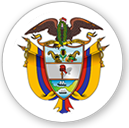





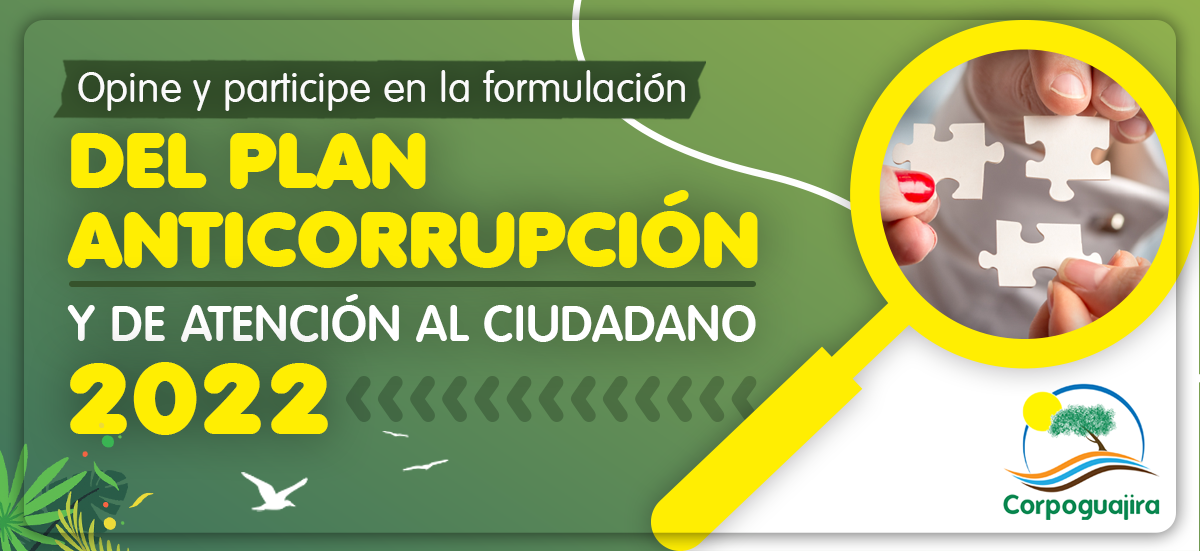
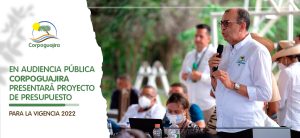







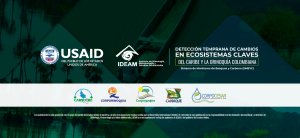










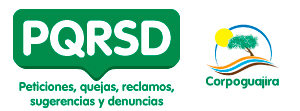
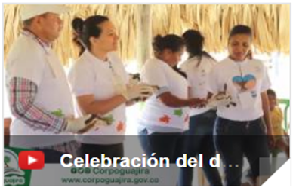


Leave a reply
I am sorry, you should be connected to post a comment.